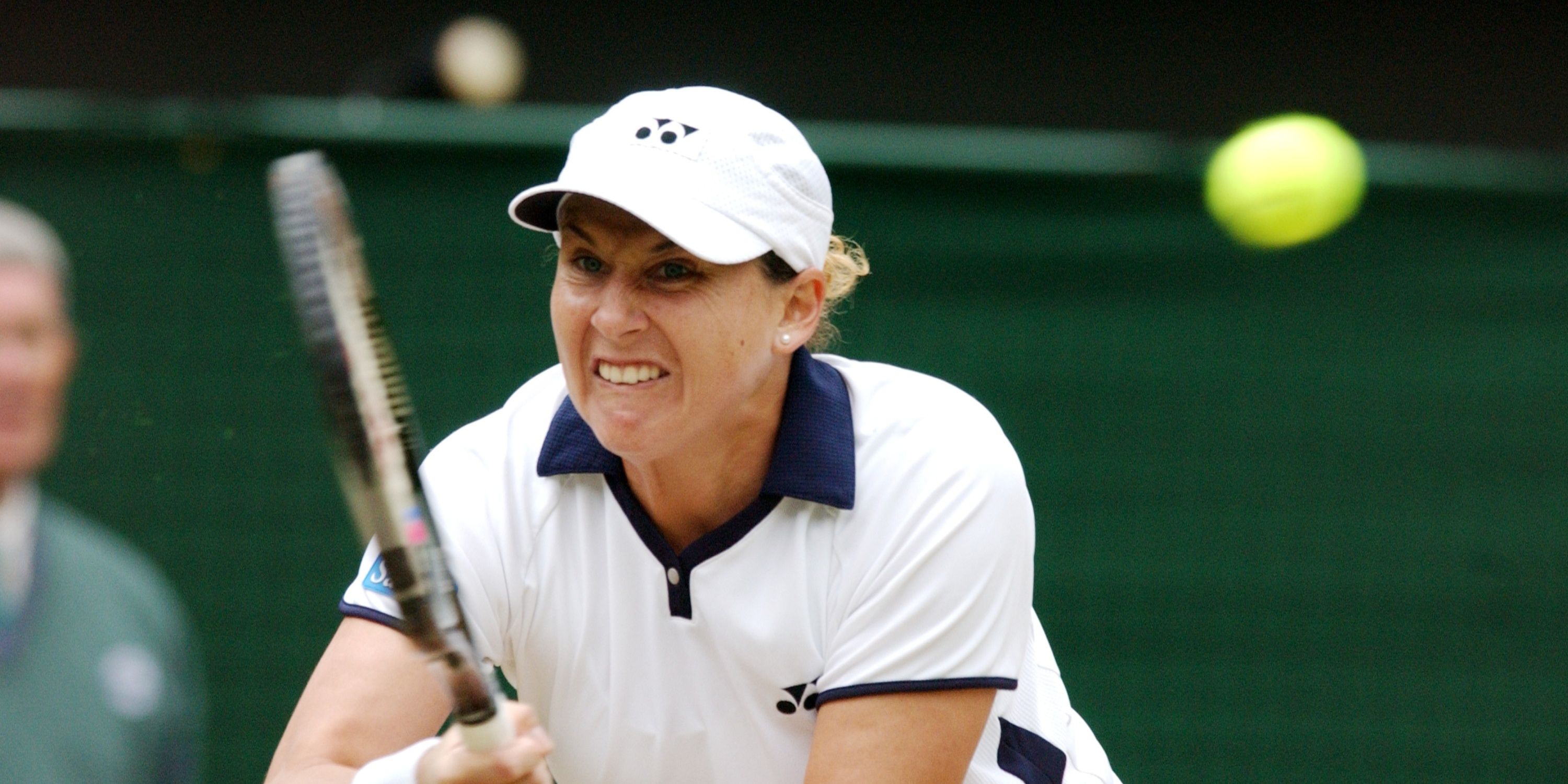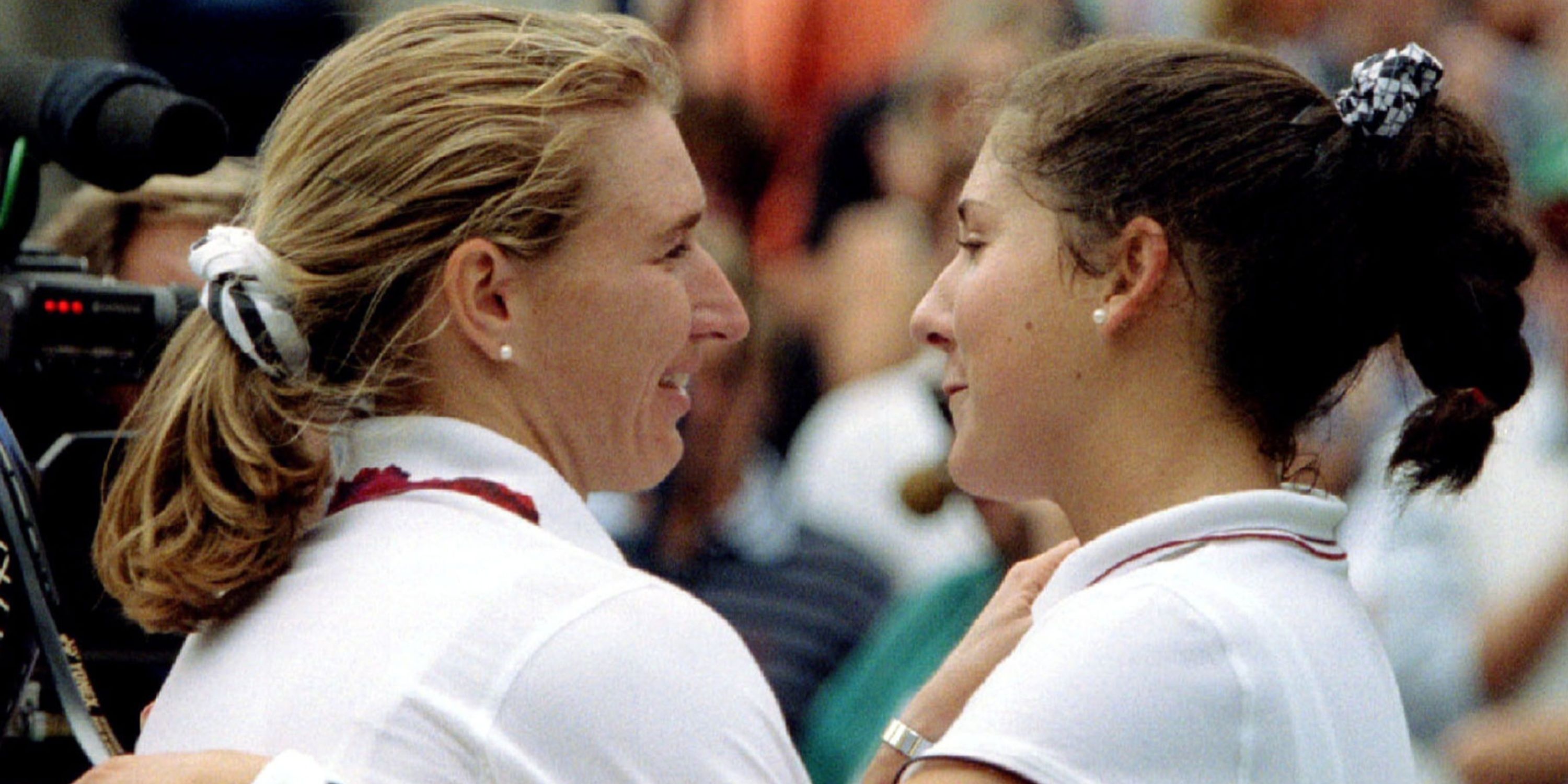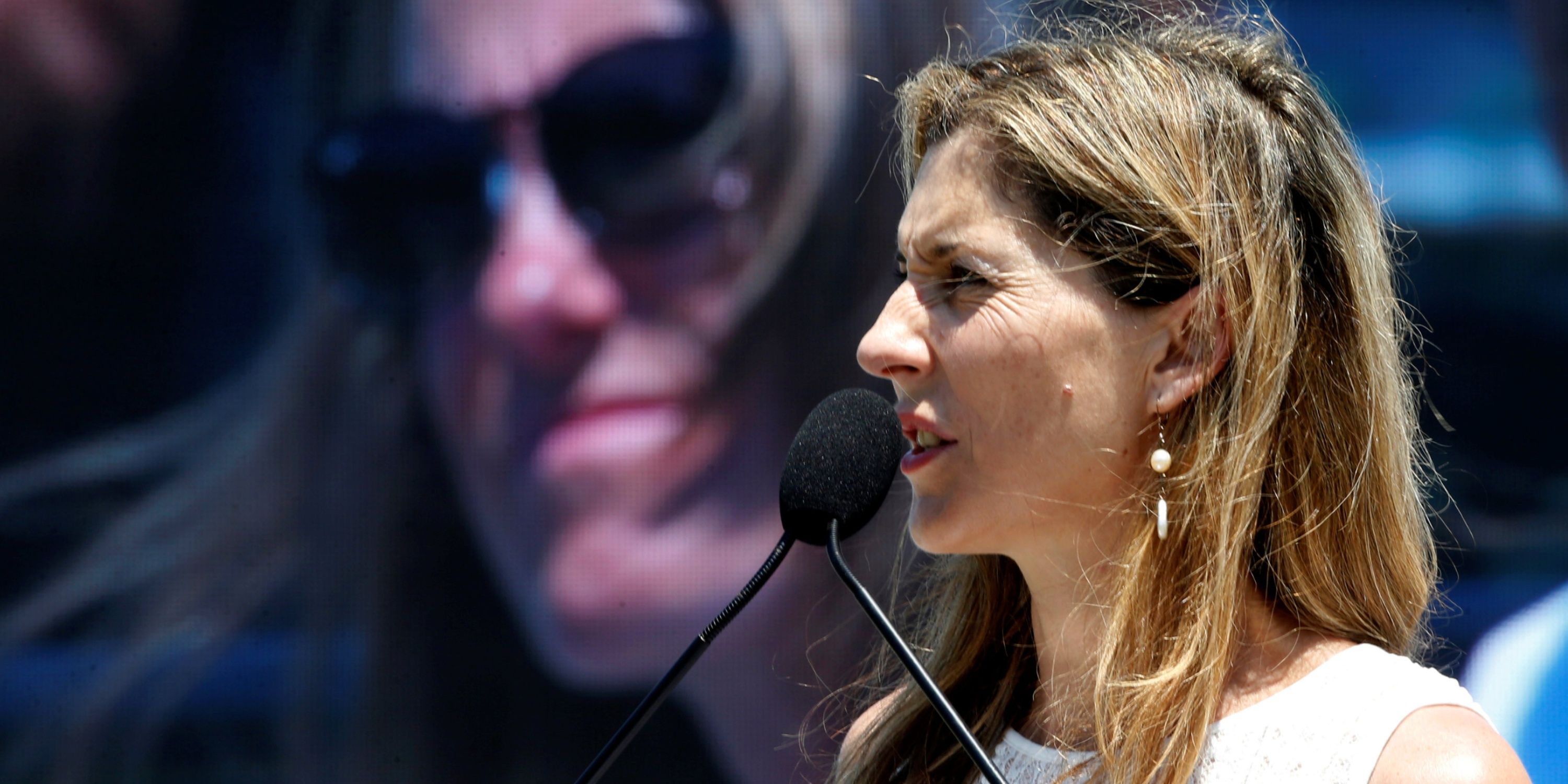Highlights
- Monica Seles, a talented tennis player, had her career tragically disrupted when she was stabbed in the back during a match in 1993.
- Seles had already achieved great success in her early career, winning multiple Grand Slam titles and rising to the top of the world rankings.
- The attack, carried out by a passionate rival supporter, left Seles with physical and psychological trauma, and she was never able to regain her previous form fully.
On 30th April 1993, the number 1 ranked player in the world, Monica Seles, was playing Bulgaria’s Maggie Maleeva in the quarter-finals of the Hamburg European Open when one of the most extraordinary and shocking moments in tennis history took place - a player who had her entire sporting life taken away from her through no fault of her own.
Seles had already taken the first set 6-4 and was looking in good shape to go on and secure a semi-final place in the Northern German city - and was on her way to wrapping up the match with a victory in the second set. She was leading 4-3 when she took her seat during a drinks break.
As the 19-year-old leant forward to take a sip of her water, she felt a sharp pain in her back. Günter Parche, a German man obsessed with rival tennis player Steffi Graf, had plunged a nine-inch knife into Seles’s back. Before he had time to stab Seles for a second time, her bodyguard apprehended the 39-year-old and dragged him away into the crowd before being whisked away by security.
The attack, which took place in front of 6,000 horrified fans, changed the course of Seles’s career forever. GiveMeSport looks back on what was a harrowing day for the world of tennis and aims to tell you everything about her early career, unmatched rivalries, an attacker who walked free, along with all of the trials and tribulations that took place as a result.
The early career of Monica Seles
Monica Seles was born in 1973 to an ethnic Hungarian family in Novi Sad. The city had been in Yugoslavia but it now sits in the country of Serbia following the disbandment of the Central European nation back in 2006.
Seles began playing tennis when she was five. She was coached by her father, a former cartoonist who would draw pictures for her to make the sport more entertaining. From the moment she played her first professional match as a 13-year-old, up and down the tennis world, people who understood the game knew she would become a global phenomenon. Standing at 5 ft 4 and weighing just over 90lbs, Seles could serve harder and faster than players twice her age. This was mainly thanks to her eye-catching double-handed forehand, a technique which is rarely used to this day and helped skyrocket her from being unranked in 1988, to the world number three in 1990.
The young talent was later coached by Jelena Genčić, who also acted as a mentor to Novak Djokovic in the early stages of his career. At 11 years old, Seles won the Orange Bowl Tournament in Miami, attracting the attention of tennis coach Nick Bollettieri. She subsequently moved to the United States to enrol at the Nick Bollettieri Tennis Academy, where she trained for two years and continued to train and hone her skills until March 1990. It was nine months after their arriwhenhere Seles' mother and father joined her and her brother Zoltan in Florida.
Seles entered the world of professional tennis at age 14 and immediately made an impact. She won a tournament in Houston by defeating 18-time Grand Slam winner Chris Evert, who was soon retiring. Seles finished her first year on the WTA Tour ranked world number six.
Seles-Graf rivalry
In 1990, she defeated Steffi Graf to win the French Open and built up a 36-match winning streak and became the youngest-ever champion at Roland Garros at just 16 years old. At the time, Graf was the best women’s player in the world and took her place at the top spot just under a year later, ending her 186 weeks holding the top spot in women's singles tennis.
This ignited a legendary and exciting rivalry where the two players would come face-to-face on nine different occasions before 1993, with Graf winning six matches while Seles only found herself victorious on three occasions. In her defence, this was during her younger teenage years when Seles found herself coming up against one of the best women's tennis players in the world.
The two had some notable matches against each other - squaring off in Grand Slam finals five times. The 1992 French Open final arguably stands out more than others due to the sheer excitement that took place during this action-packed finale. Seles produced the perfect start to the match before Graf recovered and astonishingly saved six championship points to keep her French Open hopes alive. Seles went on to win the final set 10-8 to secure her third consecutive Roland Garros crown. Unsurprisingly, this match was described as the best women's match of the 20th Century by the famous author Steve Flink in his book.
In the few years that followed and around the incident, Seles earned eight more Grand Slam titles. From January 1991 till February 1993, she reached 33 finals, triumphing in 22 of them.
|
Singles Career Record |
595-122 (83% win ratio) |
|---|---|
|
Singles Titles |
53 |
|
Highest ranking |
#1 (1991) |
The attack
Still a relatively young player by the time 1993 came around, Seles was on the ascendancy at the time of her attack. The rivalry that Seles had with Graf would have huge significance when it came to her competing at the Citizen Cup in Hamburg, Germany. It was considered to be a warm-up event ahead of the 1993 French Open when she would aim to win four-straight titles.
Günter Parche sided with Graf in the rivalry but to a fanatical degree. He was obsessed with the German star and his desire to see her return to the world number one spot prompted him to travel to Hamburg and stab Seles in the back during a break in play. As a result of his action, this would be the last tournament that Seles would play in for two-and-a-half years.
Suspicions arose that the attack may have had some sort of political influence, due to Seles' association with Yugoslavia and with her hailing from there. But that turned out not to be the case as all was revealed during the court case that subsequently took place.
During his trial, Parche was convicted of grievous bodily harm but received a suspended two-year sentence due to his significant mental health issues.
The judge in Germany ruled that Parche had only intended to "put her temporarily out of action" so that his adored Steffie (as he called her) could regain her number one spot. Seles lost an appeal to retry him for the crime and also lost a lawsuit against the German Tennis Federation (DTB) over lack of security and loss of income.
It was unclear whether Parche's meant to temporarily injure, or do more damage to Seles. But the impact of the attack on her was severe. She had been lucky – Parche missed Seles’s spinal cord and vital organs by less than a centimetre. Minor surgery allowed the young tennis star to recover from the stabbing physically in less than a month.
However, Seles did not return to the tennis court for a significant amount of time. She had been shaken psychologically and struggled with post-traumatic stress disorder (PTSD), anxiety, depression, and a sleeping disorder. It's been described as the "darkest day in tennis history."
Although Seles triumphed at the Australian Open in 1996, she was never quite able to regain the form that saw her lauded as one of the best female tennis players in the world.
Seles sustained a foot injury in 2003, and she never played another competitive match after that year’s French Open. After appearing at several exhibition events, Seles announced her official retirement in 2008.
|
Grand slam singles results |
|
|---|---|
|
Australian Open |
Winner (1991, 1992, 1993, 1996) |
|
French Open |
Winner (1990, 1991, 1992) |
|
Wimbledon |
Runner-up (1992) |
|
US Open |
Winner (1991, 1992) |
Monica Seles could have reached the top
Seles had her blossoming career cruelly snatched away from her when she was stabbed in the back in 1993. She already had an incredible nine Grand Slams to her name, and in 2013, tennis legend Martina Navratilova claimed Seles could have gone on to earn a record amount of titles.
"We'd be talking about Monica with the most Grand Slam titles [ahead of] Margaret Court or Steffi Graf," she told Tennis.com. It is impossible to predict what could have been, but as The Guardian’s Tim Adams wrote in 2009, Seles could well have become "the greatest female tennis player ever to pick up a racket".
Seles was inducted into the International Tennis Hall of Fame in 2009 and is often present at WTA events. She also has turned to writing, publishing the New York Times bestseller: "Getting a Grip: On My Body, My Mind, My Self".






















